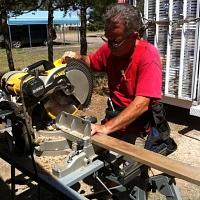Kelly
in almost 12 years
Dust Collector Upgrade [to Seal Leaks]
I’ve added dust collectors to my shop both because it’s necessary for some equipment, like my planer and jointer to operate and because I wanted to reduce dust and chips in the shop.
A majority of collectors for small shops can be greatly improved. For example, one of my smaller collectors came with a thirty micron bag. Many others only go down to five or ten microns and a lot of those only after the bags used for filtration start to clog.
Since dust particles can be much smaller than these systems stop, they have earned the name “Dust Pumps.” After several years of using collectors, I think this is an appropriate name for many of them.
Add to the foregoing the fact collection bags and filters used for these systems don’t always seal well to the metal body of the collectors, so some fine dust escapes at those points too. The second picture shows dust trails from where dust was escaping from under my collection and filter bags.
With just a little research on the matter of woodworking dust, it become immediately apparent chips and such are a nuisance, but dust small enough to be carried in the air and get in your lungs is a very real danger.
Clearly, everything you can do to improve dust and chip collection in your shop is a good thing. To that end, I tried using duct tape. It helped, but only if the surfaces were clean before application. Then there is the matter of trying to get duct tape to seal a cloth bag to a metal surface. Over time, the tape fails, where it attaches to the cloth, and you need to apply more. After a while, it can get pretty ridiculous and unsightly.
To solve that problem, I merely purchased some foam gasket material used for sealing campers to pickups. It’s varies in thickness and width. The role I bought was about 5/16" thick by 1-1/4" wide by 30’ long and ran about seven dollars, even on Amazon Prime.
Unfortunately, I was preoccupied with solving a problem and did not think to document the improvements with photos. However, a simple description should make it easy for anyone desiring to improve the seal on their system to make this simple modification.
The foam I purchases can be seen in the photos. It was from M-D Building Products and was indicated to be product item “2352 Camper Seal Tape.” It has a self adhesive side, so not tools, other than a sharp blade or scissors were required for installation.
To install it, you must, of course, remove the upper and lower bag(s) from the collector.
Once the bags are removed, merely wipe down the surfaces to remove all dust or anything else that might interfere with adhesion.
Start applying the foam sealer where each bag will be installed and sealed. Do not pull so tightly you stretch the foam, since this will cause it to want to pull against the adhesive and shrink back to its original length.
When you get to the place where the two ends will meet, cut it long enough so the two will push against each other. Merely laying the end over the start will give you a good idea of where to cut.
If you do get a gap, consider cutting about an inch off the applied gasket and filling that gap with a new pieces.
Now, just install the bags and your system should be ready to get back to work.
NOTES:
- I suggest switching cloth bags to plastic ones. Many of us just just clear plastic lawn bags and dispose of them when full. Though they are lightweight, they seem to work well and a box of several of them runs about the price of a couple of the heavier bags.
Even when I used heavier bags, they developed holes during removal. This happened even more often with my smaller collector, which used a flexible ring to hold the bag in place, than it did on my larger collector, which used a band and lever.
- At the first opportunity, order finer micron bags, or the more expensive canister filters. They do a much better job of filtering the air than do most stock bags. Go down to at least one micron and a half is even better.
- Consider a cyclone pre-filter. Ones like the Super Dust Deputy REALLY work and remove all the chips and most the dust before it ever gets to the bag filter. One more advantage of this is, object that, otherwise, would go through your collector impellers are spun out by the cyclone, prolonging your impeller life, and giving that pair of safety glasses a chance of survival, since they don’t get drawn through moving parts.
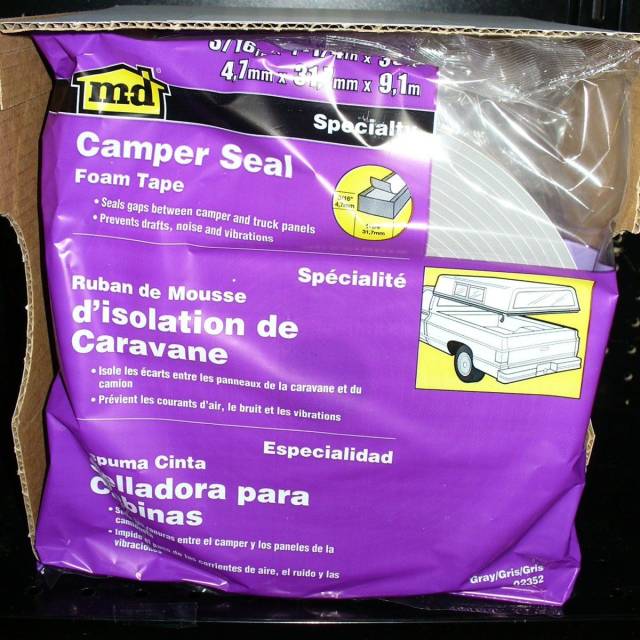
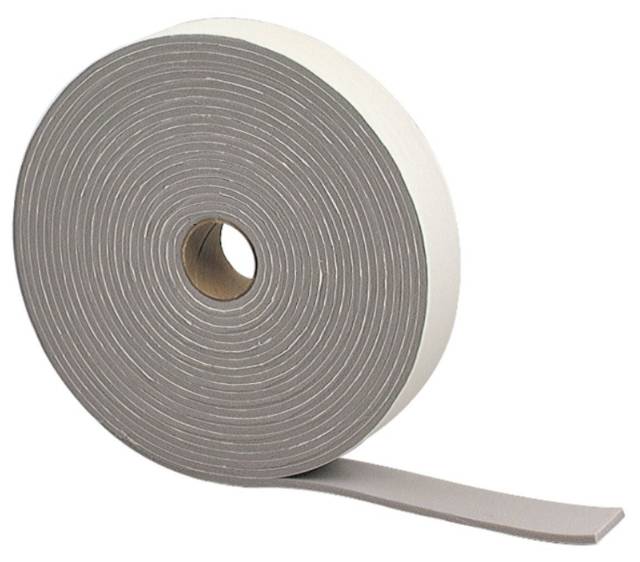
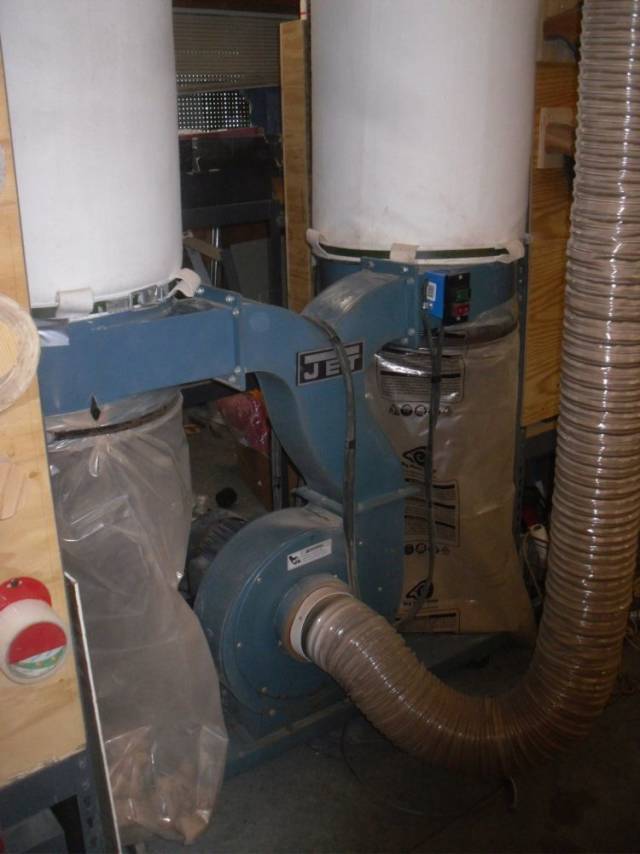
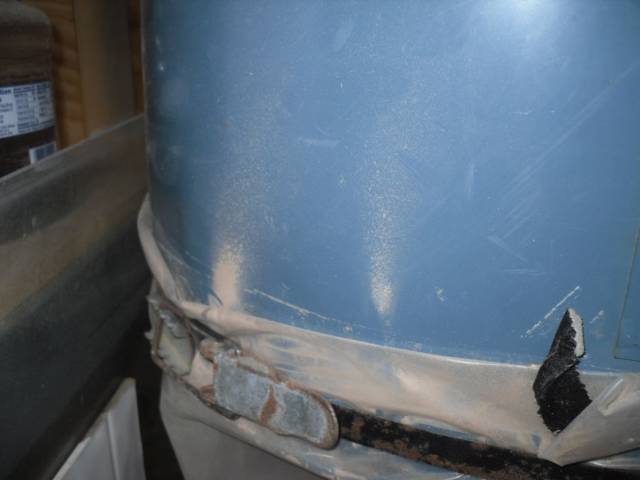
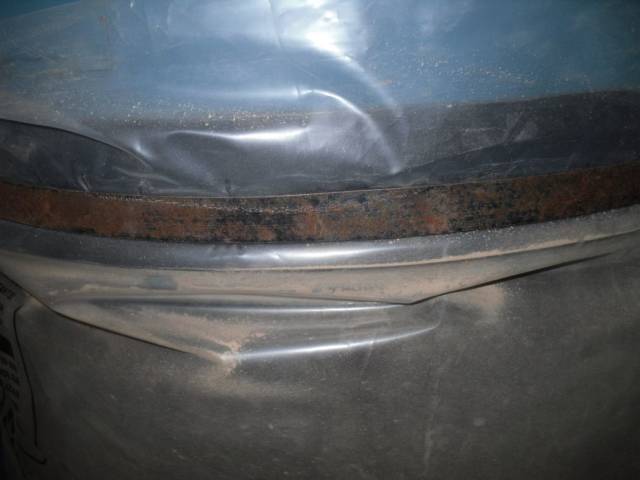
"":http://
3 Comments
nice improvement . Sounds like it should work good.
Wheaties
Thanks for the great tips, dust is a real problem !!!
Jaybird
I try that thanks for the info
jim










